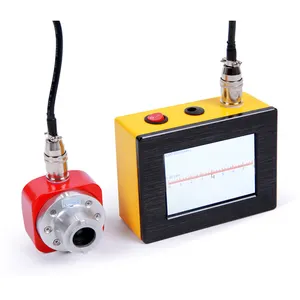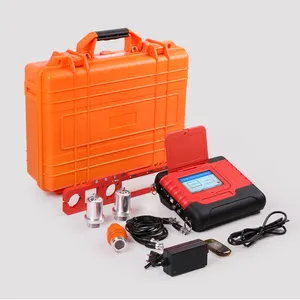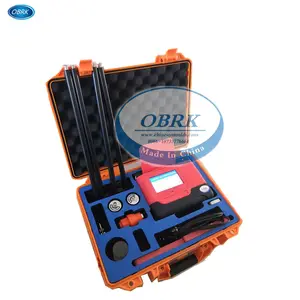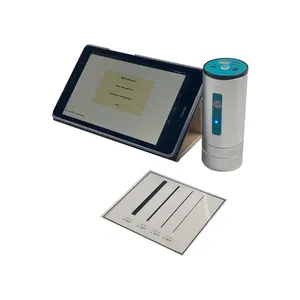Understanding Crack Width Gauges
Crack width gauges are essential tools in the assessment of structural integrity, offering precise measurements of cracks in concrete, masonry, and other building materials. These instruments are crucial for engineers, inspectors, and construction professionals who monitor the health of buildings and infrastructure.
Types and Applications
There are various types of crack width gauges tailored to specific applications. Some are designed for on-site use, allowing immediate assessment, while others are more suited for laboratory analysis, providing detailed data for further evaluation. Their applications range from civil engineering projects to historical building preservation, ensuring that all structures remain safe and stable over time.
Features and Materials
A typical crack monitoring gauge is marked by its accuracy and ease of use. Made from durable materials like hardened plastics or metals, these gauges are designed to withstand harsh conditions while providing reliable measurements. Features may include magnification lenses, digital displays, and adjustable components to accommodate different crack widths and surfaces.
Advantages of Using Crack Width Gauges
Utilizing a concrete crack width gauge offers numerous advantages. It facilitates early detection of potential structural failures, enabling timely maintenance. Moreover, it aids in compliance with safety regulations by providing documented evidence of structural assessments.
Selecting the Right Gauge
When selecting a crack measurement gauge, consider the specific needs of your project. Factors such as measurement range, resolution, and environmental resistance should guide your choice to ensure that the tool meets the demands of the task at hand.
Integration with Testing Equipment
For comprehensive diagnostics, a crack width measurement device can be used alongside other testing equipment. This integration allows for a more holistic approach to structural evaluation, pairing crack width data with other critical parameters such as material composition and load-bearing capacity.



























 浙公网安备 33010002000092号
浙公网安备 33010002000092号 浙B2-20120091-4
浙B2-20120091-4